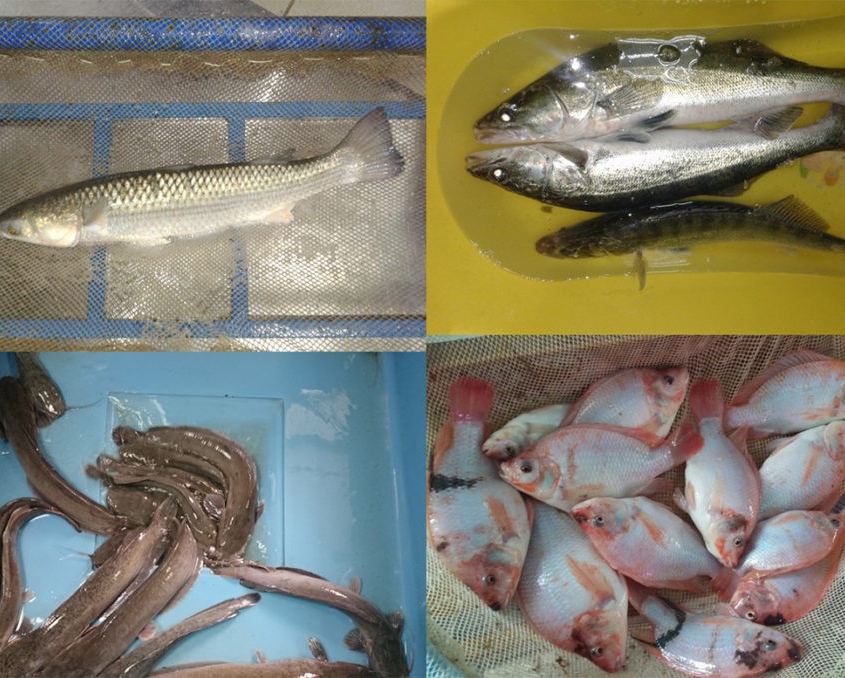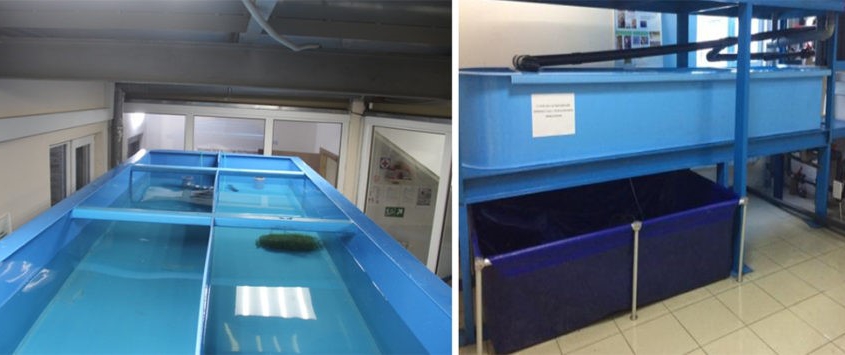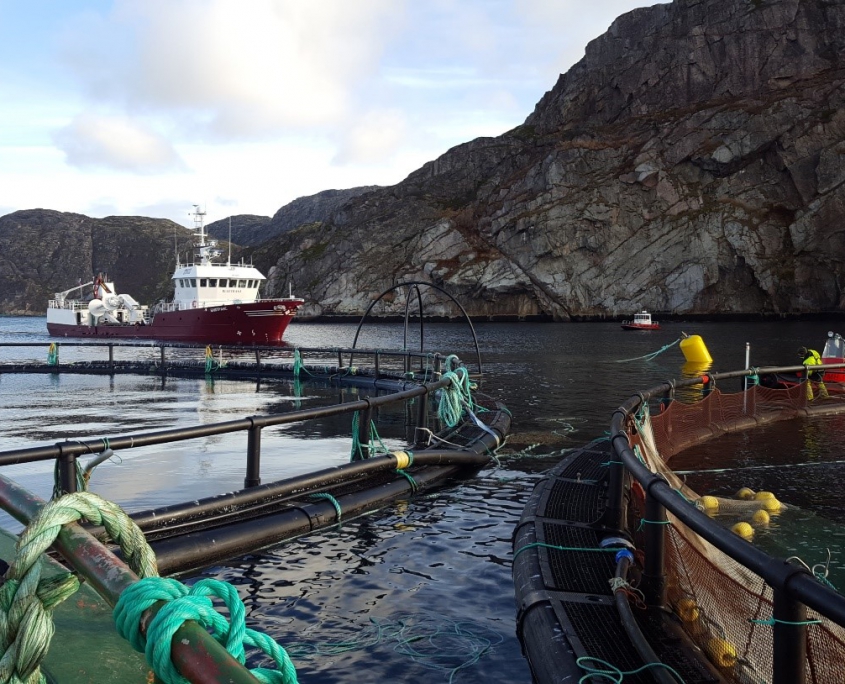History of fish farming in Russia
Russia’s fish farming dates back to the Middle Ages. At that time, fish production was carried out in the monastery pools. The Russian Federation’s coastline ranks fourth on the longest roads in the world after Canada, Greenland and Indonesia. The EEZ is 7.6 million square kilometers, the total area of the Russian fishing industry, which has access to the twelve seas in the three oceans and more than two million rivers and is surrounded by the Caspian Sea. According to the FAO (United Nations Food and Agriculture Organization), in 2005 the Russian fishery industry obtained 3,190,946 tons of wild fish and 114.752 tons of aquaculture. On the same basis, Russia became the ninth leading fish breeder by raising 2.3 percent of the fish in the world. Fish farming in Russia, through ponds, flourished in the 1930s and 1940s. At this time, over twenty thousand hectares of ponds were created in the central Russian region. In the 1960s and 1970s, carp and medicinal plants were produced by pool-growing.
Russian people are keen on eating fish. This is a common feature of Asians and Europeans. When the first fast food restaurants came into existence in the 1990s after the Soviet collapse, Russia powerfully took over the Russian fish market.
Types of fish breeding in Russia
The main and most important fish that are raised in the southern Russian ponds are carp and herbivores, but a new method has been devised to other endemic species such as duck, catfish, yellow colt, fish duck. Perch, oyster, buffalo, salmon and other types of perch also allow growth. Dense production technologies for commercial fish farming with a productivity of 1700 to 2400 kg / ha have great potential and potential for Russian fish production and rearing.
There are 295 freshwater fish in Russian waters. In these waters, 63 species of crustaceans and mussels breed artificially. There are currently 27 cross-breed species as well as 9 species of carp, salmon, sturgeon, nuclear and corglonide and sichelid. Common carp, silver carp, large carp, carp grass, salmon and sturgeon are the most important. Salmon is very popular in Russia and is known as red or red fish. In this country, you can’t be invited to a party or a party and not be seen at the salmon table. Salmon are raised in the Russian port city of Sochi. Breeding fish including species of whitefish and herbivores are also found in some of Russia’s lakes and reservoirs.
Fish farming practices in Russia
There are four types of fish farming methods in Russia and different aquaculture:
Extensive fish breeding system, pool growth, industrial breeding and recreational breeding.
Southern Russia has great potential for fish farming. The Southern Federal District of Russia (SFD) is very suitable for breeding different aquatic species because of its natural and suitable climatic conditions. Various fish farming activities can be developed and developed in the area, including ponds for aquaculture and production, industrial fish farming in hot waters of power plants, salmon farming in the foothills, Extensive fish farming in lakes and reservoirs. It can be said that fish farming in Russia is of the type of industrial fish, using hot water from thermal stations and salmon in the North Caucasus and the city of Altai through tank farming.
Russia’s most important and top fish farms
Fish farming in Russia expanded rapidly, and in 2004, more than twenty-two thousand people worked in the fish and aquaculture sector. The country is seeking to increase its fish production by three times and to reach a volume of 4.5 tonnes by year. However, investment in this area over the past three years indicates that if some of the underlying problems are resolved and more international experience is used, this development will exceed the projected figure. According to the total area of Russian fishery and population, there is 0.19 hectares of water suitable for fish farming in Russia by any resident.
This shows that fish farming is growing and expanding in the southern regions of the country, including fish farming in hot water pools. Almost all aquaculture organizations are located in rural Russia.
The cities of Krasnodar and Stavropol in the south, the cities of Moscow, Belgorod and Ryazan in the center, the cities of Karelia, St. Petersburg, Toman and Chelyabinsk in the Northern and Siberian regions of Russia have excellent performance in other fish and aquaculture.
Russia’s only exported fish products are eggs of sturgeon and salmon.
Considering the natural and climatic conditions in southern Russia, this region has the most favorable and suitable conditions for producing different fish species. We believe (the Fisheries Department) there are some useful ways in the southern regions of the country to develop fish in Russia and different fisheries.
Behrouz Fard Fisheries Analyst and Complicator





